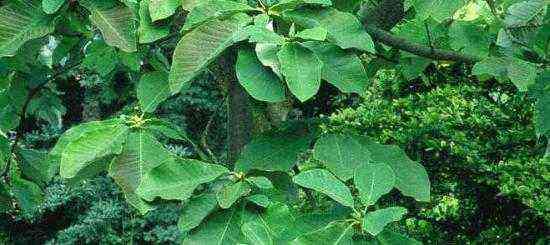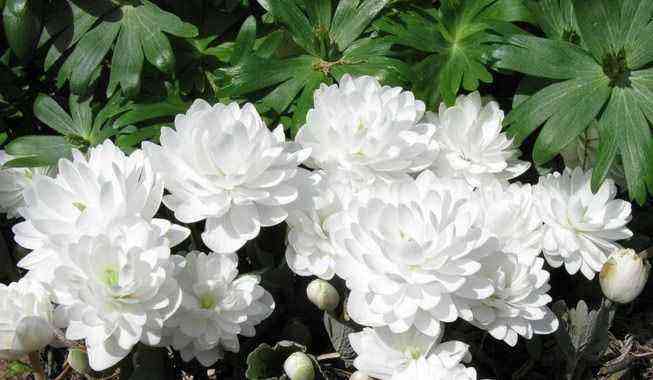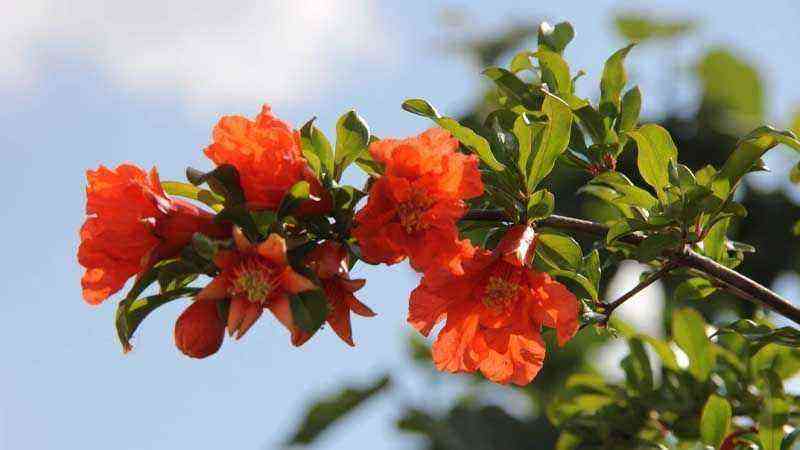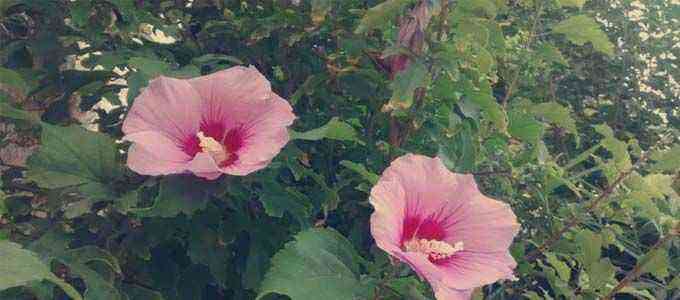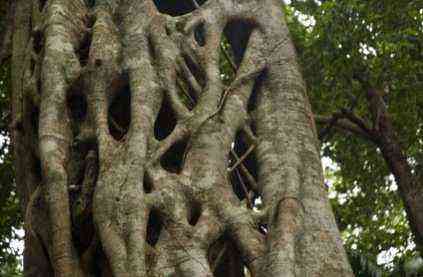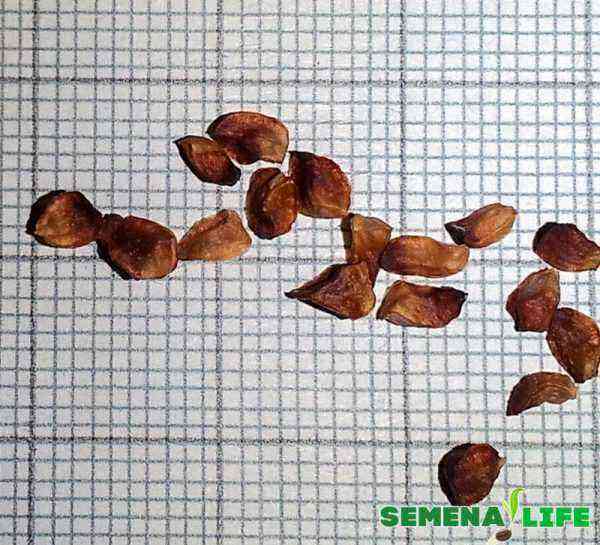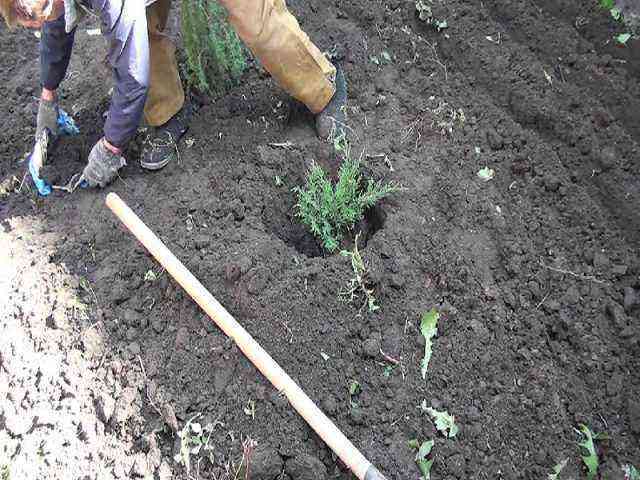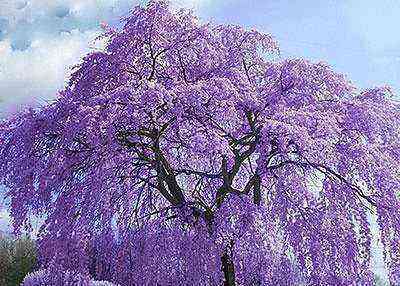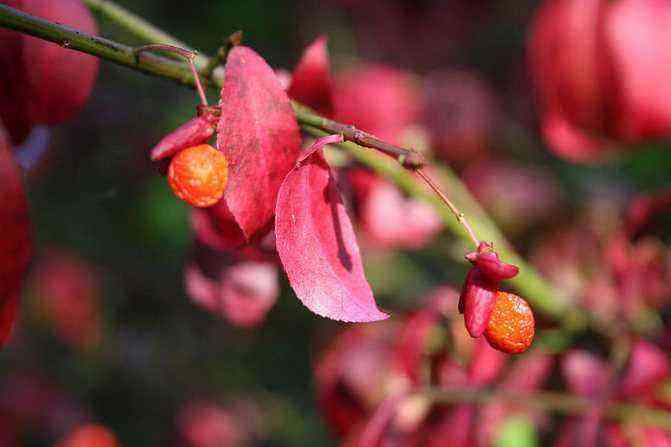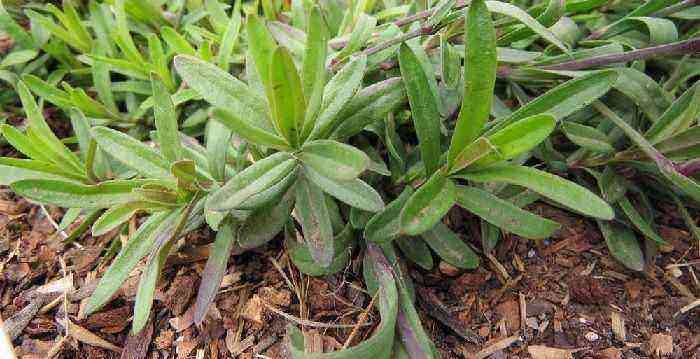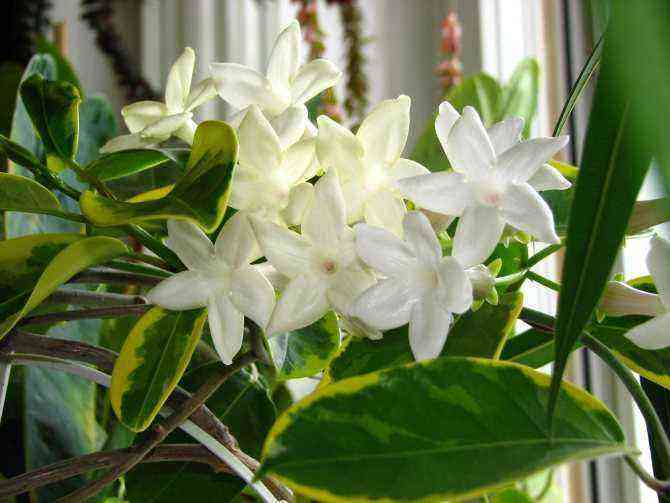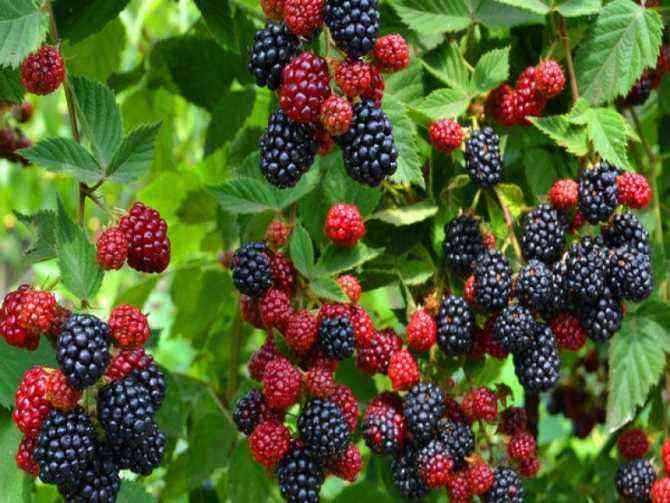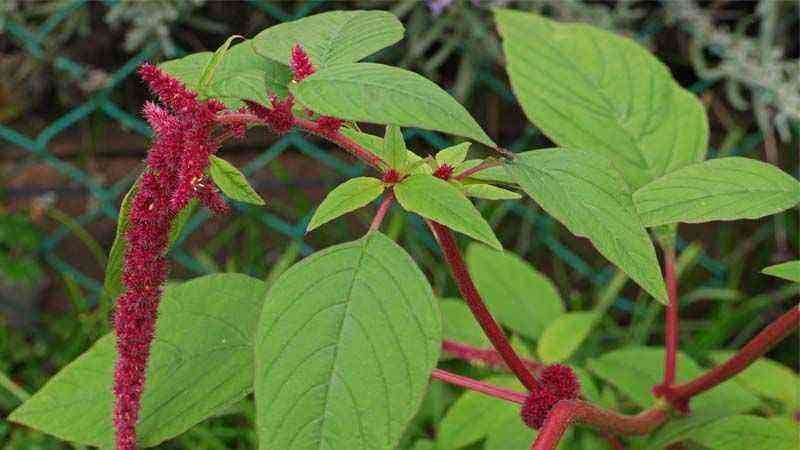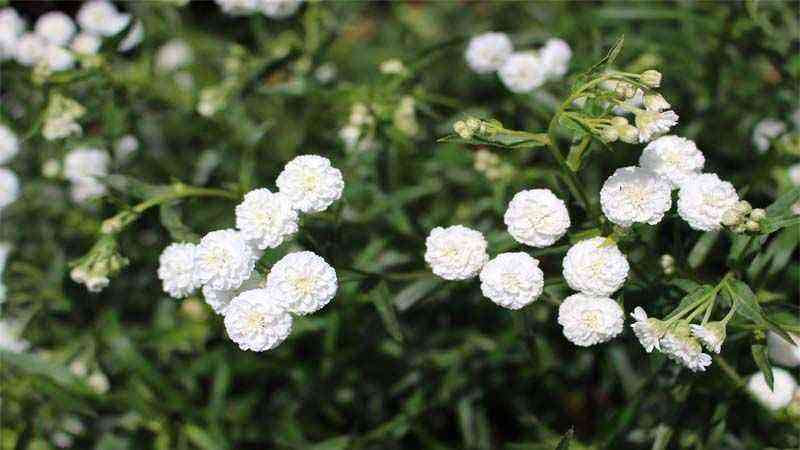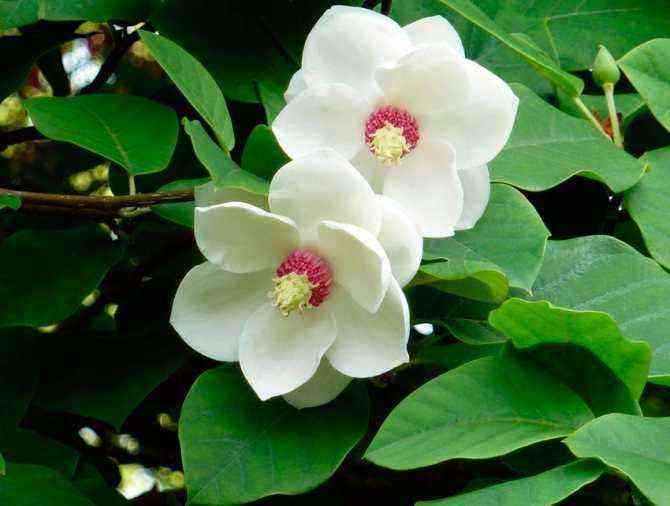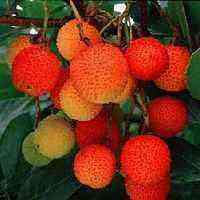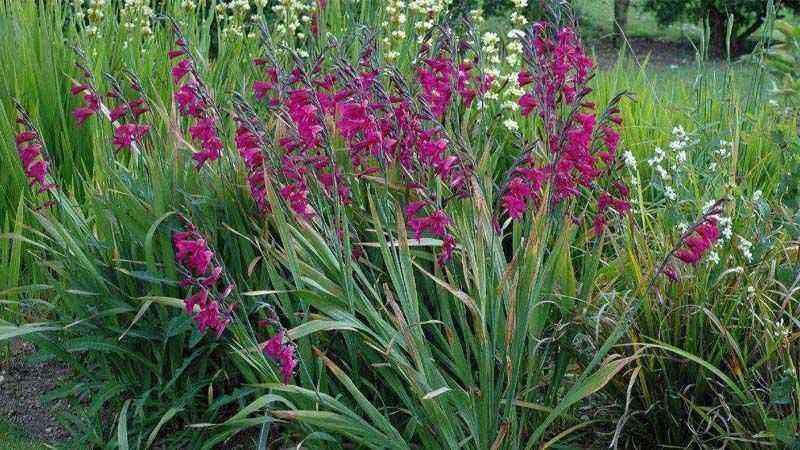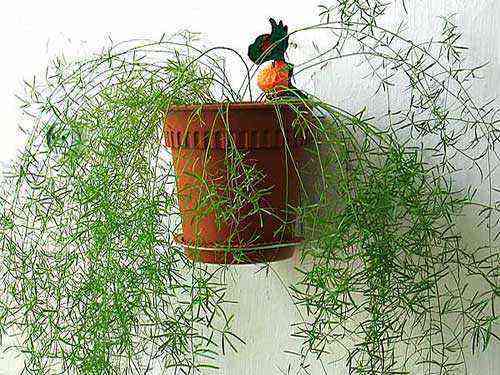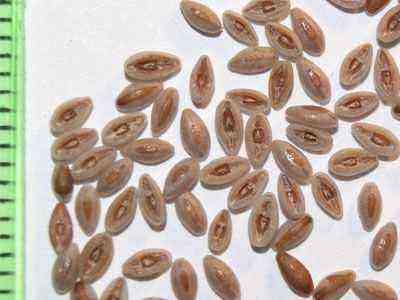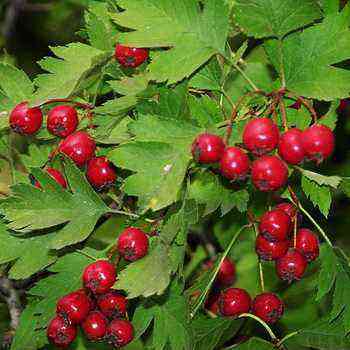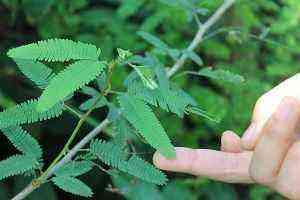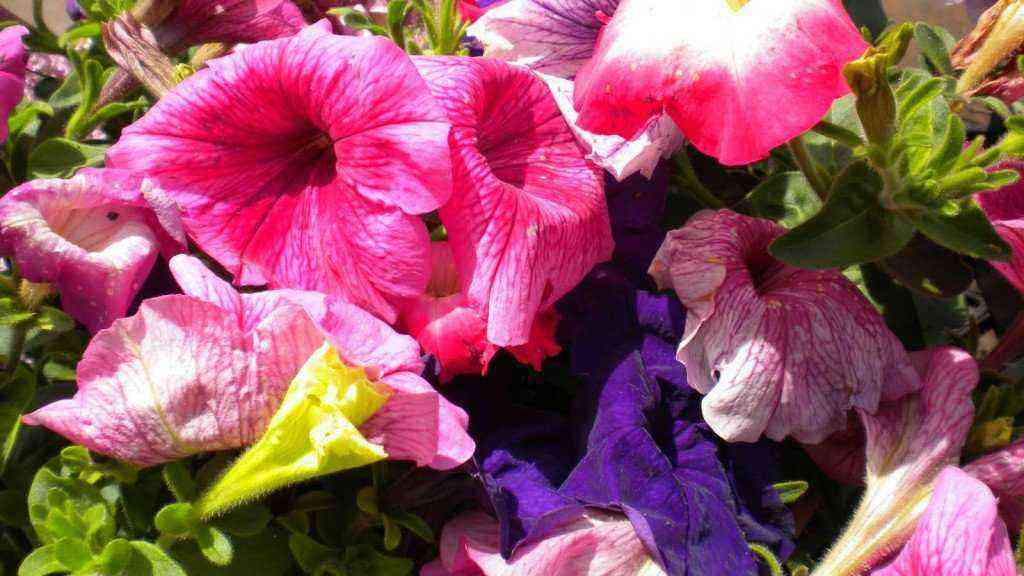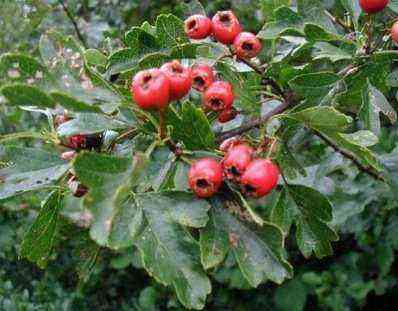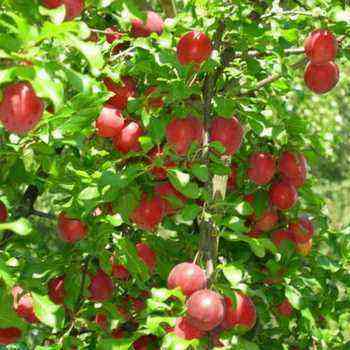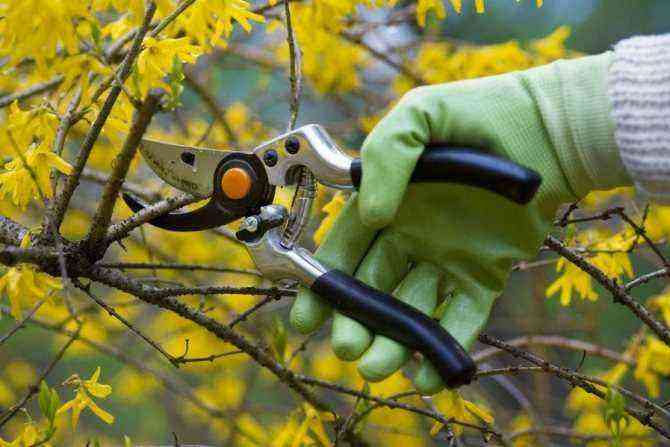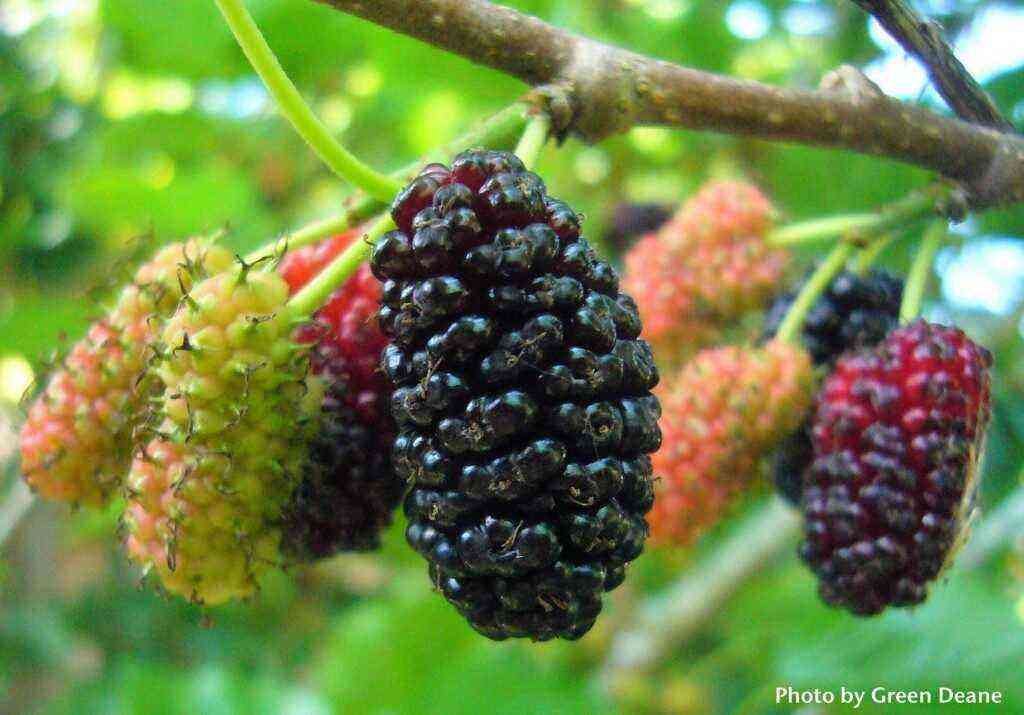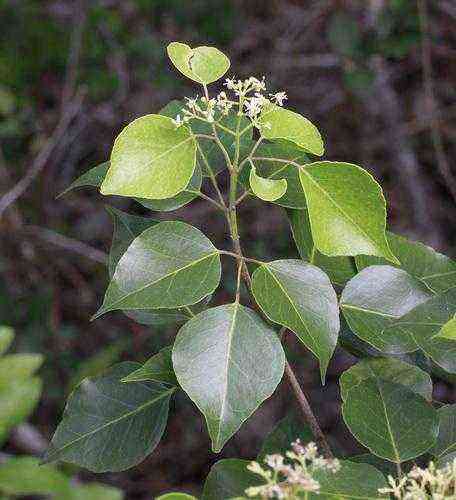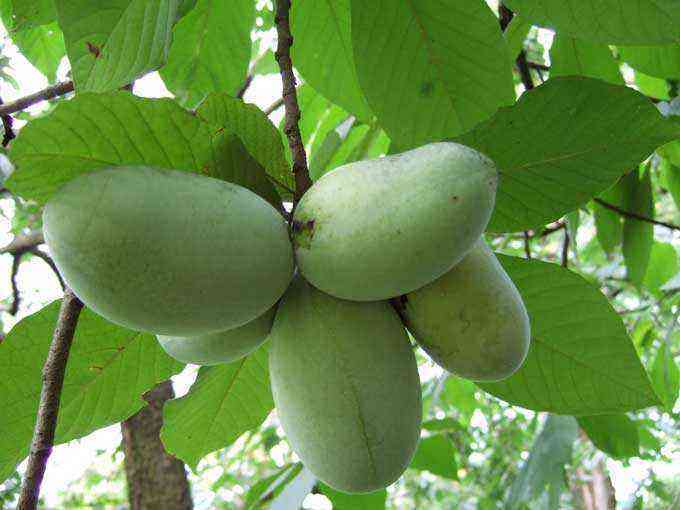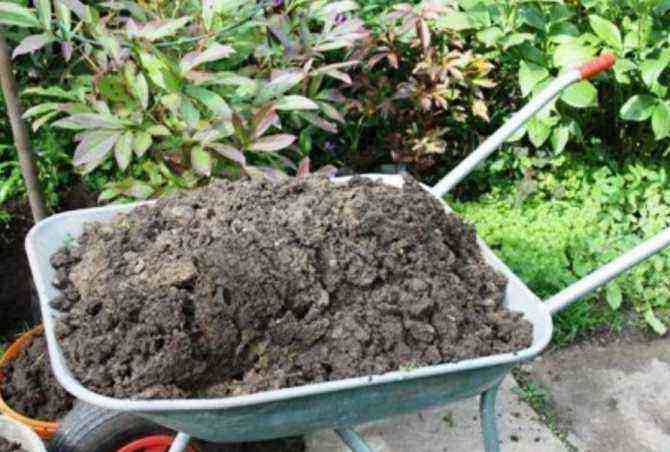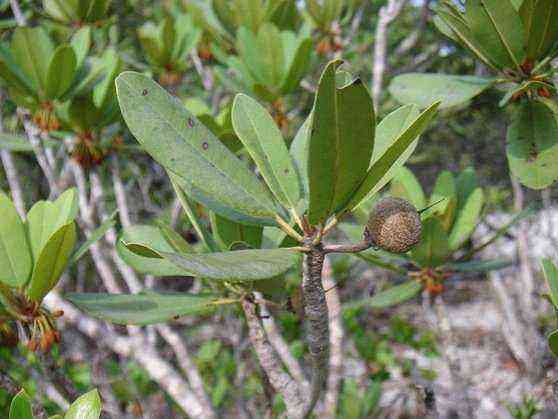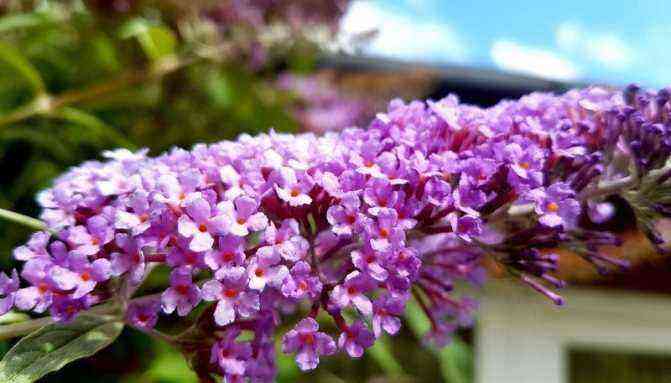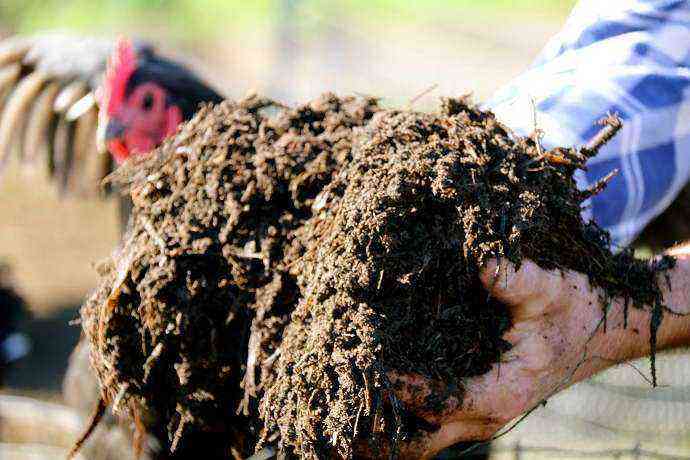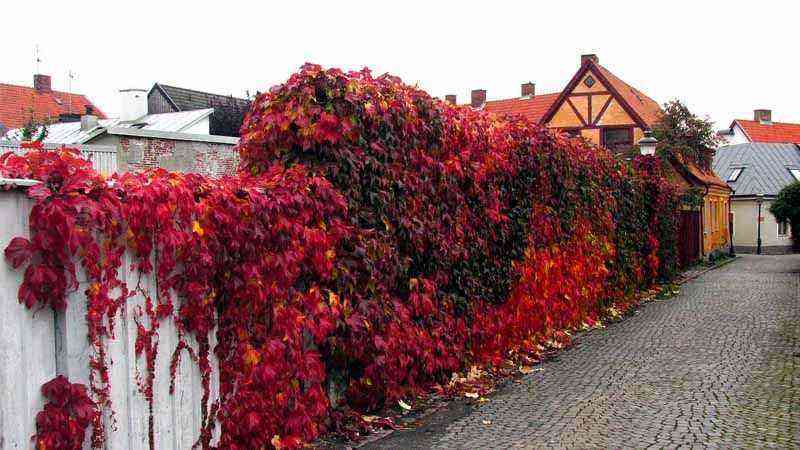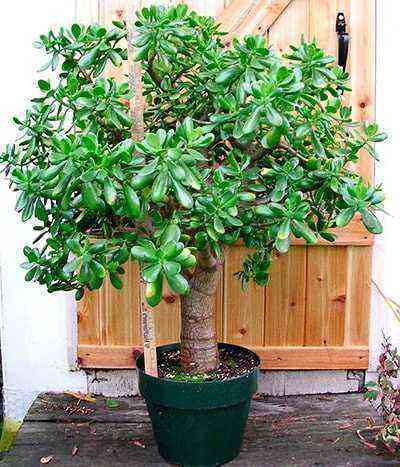Description of magnolia obovate
Ovate magnolia belongs to the genus Magnolia and the family Magnoliaceae, and is a flowering plant. The birthplace of this beauty is Japan. Under natural conditions, it grows in some Japanese regions at an altitude of up to 1800 m above sea level, and the Kuril Islands are the most northern region where this tree can be found.
The only species that is found in the wild on the territory of Russia and Ukraine. In our country, obovate magnolia is listed in the Red Book. The plant prefers mountain deciduous and coniferous forests, grows singly, or in small plantings, the neighbors are most often birch, captive, hornbeam.
It is considered a deciduous tree, the height of which reaches 30-35 m in height and a trunk diameter of about 65 cm. The crown grows up to 15 m wide. The bark of the trunk is smooth, gray in color, and in young shoots it is brown with a bluish bloom. Buds are large, green, bare, located at the ends of the shoots.
The leaves are large, obovate, leathery, up to 30 – 40 cm in length. They are wide at the base and pointed at the end; they are green at the base, and gray towards the ends. Young foliage is pubescent, but becomes smooth with age. Leaves are collected in 9-10 pieces.
Flowering occurs in May and June, even in our latitudes, immediately after the appearance of the first foliage, for quite a long time, up to 4 weeks. The flowers are white or milky, bowl-shaped, up to 18 cm in diameter and have a wonderful vanilla-lemon aroma.
Magnolia obovate looks very decorative both in the photo and in the natural environment. In the middle lane, only a few types of flowers are able to grow and bear fruit: kobus, stellate and some hybrids.
Fruits – red multifoliates grow up to 20 cm and hang down, they contain black oblong seeds, covered with a bright purple shell, fruiting occurs in September – October.
Features of planting magnolia obovate
Before planting, the seedling must be carefully checked; it must be healthy in appearance, strong and with a closed root system.
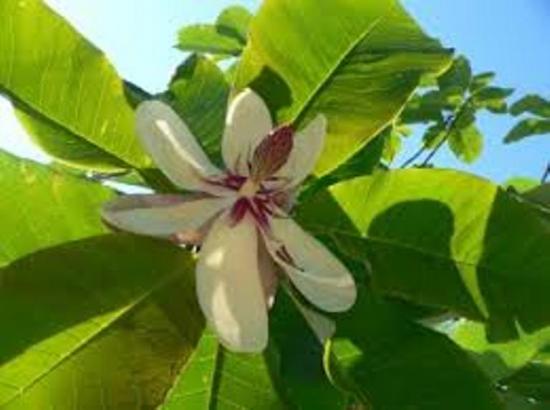
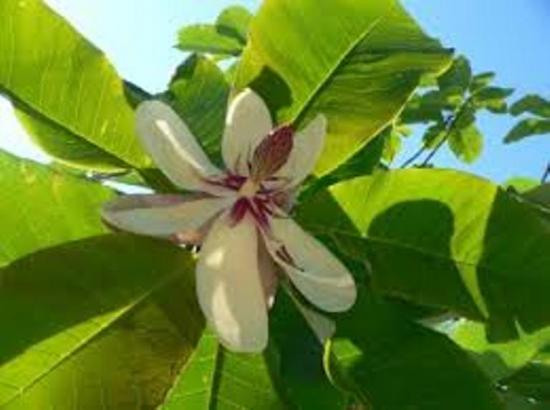
The choice of place should also be approached responsibly. The ideal option is sunny areas, closed from north and west winds, drafts. The tree does not tolerate heavily limed soil, and if there is such a soil on the site, a sufficient amount of acidic peat must be added to it to lower the ph.
You can plant a young plant at different times.
In the autumn
By the autumn season, the plant is gaining strength, stops growing for “hibernation”. The transplant is carried out in October, when the weather becomes moderately cool, and before the onset of severe frosts.
In the spring
During this period, the plant is sensitive to the slightest frost, so you should be careful when choosing a spring planting method. Most often, a seedling is planted in late April or early May.
After choosing a site, you need to prepare planting holes, which should be 2,5 – 3 times larger than the root system:
- having dug up the required amount of soil, it is mixed with rotted compost;
- heavy wet soil is lightened by adding a little coarse river sand;
- after preparing the pit, a young tree is placed in it, without deepening the root collar;
- soil is poured into the remaining space and a small hole is formed at the trunk;
- the soil is slightly compacted and thoroughly watered;
- after the water is completely absorbed, you need to mulch the near-trunk circle with sawdust, needles, sand.
Magnolia Garden Care
It consists in abundant regular moistening only with warm water, gentle loosening of the soil after and fertilization in the third year of growth. It is carried out through the use of both mineral and organic mixtures. The composition of one and possible dressings:
- 10 L of water;
- 1 kg of cow humus;
- 20 g of saltpeter;
- 15 of urea.
A mature specimen will need a minimum of 4 buckets as one top dressing. Fertilization is not done more than 1 time a month, acting on this day as an alternative to watering. Drying foliage is the first symptom that the plant is overfed. To save the magnolia, the concentration of the mixture should be reduced, and the amount of moisture should be increased.
Transfer
Mature magnolia painfully tolerates the transplant operation, therefore, it is carried out only if it is impossible to avoid it. The procedure practically does not differ from the already stated landing technology.
Reproduction of magnolia
It can be carried out by 3 methods, when choosing each one should first of all focus on the variety of magnolia being propagated. All methods have their own advantages and disadvantages.
Cutting is carried out as follows:
- In March, prepare shoots with still unblown flowers and leaves (you should give preference to young plants);
- Leave 2 leaves on each shoot;
- Stimulate root formation by treating the lower part with a special tool;
- Prepare a mixture containing peat, vermiculite and perlite;
- Plant branches in a container;
- Cover with polyethylene;
- Moisturize regularly;
- Ventilate daily and maintain the ambient temperature +23 ° С;
- A week later (after root formation), plant in separate containers.
It is important to understand that propagation by horizontal layers is applicable exclusively to shrubs, and in relation to the tree, air should be used.


Horizontal layering:
- Pull the base of a low-growing branch with a wire;
- In the place where the stem will touch the soil, make a circular incision in the bark;
- Tilt to the ground and dig in;
- After 1-2 years, when the root system is formed, transplant the layers from the parent plant.
Air layering:
- Make a cut in a circle on the selected branch, while it is important not to damage the wood;
- Treat the wound with Heteroauxin;
- Apply moss to the place and wrap with cling film;
- Fix the branch so that it does not fall;
- Introduce moisture into the moss using a syringe;
- In October, separate the cuttings from the parent magnolia and plant them in a separate container;
- Let the plant overwinter at home;
- In the spring, transplant into open ground.
Seed propagation is carried out as follows:
- Collect ripe seeds in the first half of autumn;
- Soak for 3 days;
- Wipe with a sieve;
- Wash with soap and rinse in clean water;
- Dry;
- Sprinkle with wet sand and place in polyethylene;
- Stratify in the refrigerator for 3 weeks;
- Disinfect in manganese solution;
- Keep wrapped in damp gauze until sprouts hatch;
- Prepare a container (at least 30 cm in height);
- Fill with soil;
- Immerse in the ground no deeper than 1 cm;
- In the spring, transplant into open ground.
Magnolia pruning
The shrub does not require any pruning other than decorative. Also, it is worth removing dried branches, it is worth doing this exclusively in the autumn, after the fruits have ripened. In the spring, it is strictly forbidden, since at this time the plant’s juice content rises.


Magnolia in winter
The shelter should be made no later than the end of November, for which you should:
- Carefully wrap the trunk with burlap in several layers;
- Mulch the trunk circle after the first frost.
Plant care rules
Although she belongs to the plants, they are not quite demanding to care for. The main steps for growing a beautiful healthy tree boil down to following some rules:
Watering and moisture
The first years of its growth, the tree is demanding on soil moisture. Watering should be done often and abundantly, and during the summer heat, the trunk circle should not be allowed to dry out. Moisture retention is facilitated not only by timely watering, but also by mulching. Mulch reduces evaporation, warms the root system in colder months, and gives the roots additional nutrition.


Additional fertilizing
It is advisable to postpone fertilization until the tree reaches 2 years. And seedlings 3 years old are very responsive to feeding. This is done from spring to the end of summer, and nitrogen-containing fertilizers are used until the end of July, as they contribute to the freezing of the plant.
Fertilizers are used both purchased and self-prepared:
- 20 g of ammonium nitrate, 15 g of urea, diluted in 10 liters of water. Each tree requires at least 40 liters of such fertilizer;
- you can buy ready-made mineral complexes created specifically for magnolias, for example Agregol “Magnolia” and prepare a solution for irrigation according to the instructions;
Shelter
Although tree varieties grown in the middle lane are winter-hardy, they still require shelter in the cold season. Young trees are especially sensitive to the slightest frost.
Shelter is easy to make: it is enough to carefully wrap the trunks with 2 layers of burlap. The trunk circle also needs to be insulated. This is done after a little freezing of the soil – this technique will help to avoid the attack of mice in the winter.
Trimming
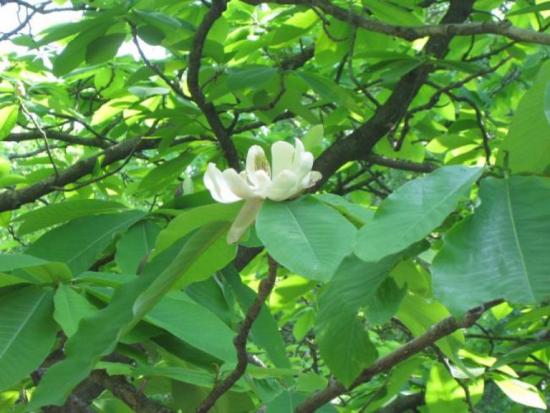
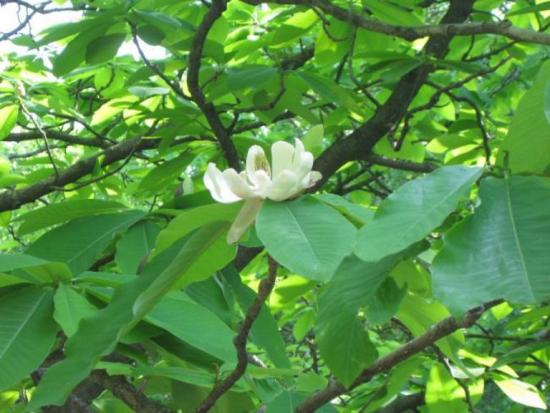
Magnolia does not require an annual formative pruning; it will be enough only in time (after flowering) to cut dry, damaged and crisscrossing branches in the crown, as well as withered flowers. The tops of branches damaged by frost are also cut off.
The cut is carried out to the healthy part of the branch and smeared with garden pitch. Pruning is prohibited in the spring.
Fighting diseases and pests
The tree is resistant to diseases and pests, but even moles and rodents sometimes disturb it. They pull out the roots, gnaw them and the root collar. For medicinal purposes, the damaged trunk is treated with a 1% solution of the foundation.
And among the diseases, the most common are:
- powdery mildew;
- scab;
- rot;
- gray mold;
- chlorosis.
From chlorosis, yellow spots appear on the crown from the general green color of the entire crown. Chlorosis signals a strong liming of the soil, which leads to improper and weak growth of the root system and even to the death of the tree. You can eliminate lime by adding sour peat or coniferous soil to the soil, or buy a special tool in the store.
Even the oversaturation of the soil with various nutrients leads to a slowdown in plant growth. You can determine the presence of excess substances in the soil at the end of July. At this time, with oversaturation on old leaves, the edges of the leaf plates begin to dry out.
Of the insects – pests on the tree, most often settle:
- peach aphid lives in columns and feeds on sap from leaves and stems;
- mealybugs are sucking insects visible to the naked eye. They form a cotton-like discharge and slow down the development of the plant. They do not like garlic and tobacco solutions;
- thrips are small insects of elongated shape that leave small dots on the foliage – punctures and brown spots on the back of the plates. They multiply quickly and move actively. It is possible to get rid of with the help of numerous acaricides.
- spider mites, which appear in the strongest summer heat. The pest feeds on juice from the foliage and stems of the plant, completely sucking it out, and as a result, the foliage begins to wither, dry out and fall off. In addition, ticks are carriers of various viral diseases that cannot be treated.
It is easy to fight the pest, in this case even numerous folk remedies help.
Magnolia: description and cultivation in the open field, rules of care, shelter for the winter
The woody plant magnolia belongs to the Magnoliaceae family. Flowers became popular over 300 years ago. The plant got its name in honor of the botanist Pierre Magnol. Magnolia grows naturally and is cultivated in horticulture.
The flower can be found in the tropics, subtropics, in Europe, Asia, America. Magnolia was first mentioned 90 million years ago.
Botanical description of the plant
Magnolia grows as a shrub or tree. The plant is pollinated by beetles. Depending on the variety, the bark can be brown or grayish. It is either smooth or scaly to the touch. The minimum plant height is 4,5 m, the maximum is 20 m. Its buds are small, the leaves are leathery, rich green in the shape of an ellipse. Flowers – bisexual, 6-8 cm in diameter.
They differ in color and can be white, beige, lilac. The flowering period begins in spring or early June. The fruits are cone-shaped leaflets with seeds. The magnolia tree is unpretentious and can bloom for a long time.
The culture is planted separately or combined with other plants. During the flowering period, it emits a refined aroma. Evergreen magnolia is appreciated not only for its decorative effect, but also for its useful properties. The plant contains an essential oil that has an antiseptic effect.
This product is used for rheumatism, hypertension.
Features of planting magnolia
When planting magnolia it is important to remember the following nuances:
- The plant prefers sunny areas, it does not tolerate drafts.
- It is not planted in areas where there are deposits of groundwater.
- When planting, you need to maintain a distance between other plants.
Magnolia is in demand in central Russia, care and cultivation require important rules to be followed. Larger trees should not shade the shrubbery. The flower does not grow well in calcareous, saline soil. Excessive moisture is also destructive for him.
It is not recommended to plant the crop in heavy or sandy soil. It takes root in soil with a sufficient amount of organic matter. Before buying a seedling, you need to inspect it. Give preference to those that have reached a height of 1 m.
Planting material must have a closed root system.
It is important to respect the landing dates. Most summer residents plant the plant in open ground in early October. Planting in the fall has several advantages. In this case, seedlings take root well. The flower can be planted in April. It is worth noting that he does not perceive frost well.
The hole should be 2 times the size of the roots. The soil is mixed with rotted manure. If it is dense, sand should be added. In order for the garden culture to grow well, you need to put drainage at the bottom of the trench. It consists of rubble and broken bricks. The thickness of the layer is 12 cm. A layer of sand, 10 cm thick, is placed on top. Then the soil is poured.
Bubble shrub: growing and care
The seedling is installed so that the root collar is 5 cm above the ground level. The pit is filled with soil mixture, compacted and water is introduced.
After the plant receives moisture, it will be necessary to mulch the trunk circle. Dry needles are placed on top. Thanks to the mulch, the plant receives moisture for longer.
Care in the garden
To grow a great plant, you need to water the seedling regularly. The soil in the trunk circle must be moist. It is recommended to use warm water for irrigation.
Carefully loosen the soil. The plant requires feeding. Fertilizers are applied to the trunk circle. If the tree has not yet turned 2 years old, it is not worth making such compositions.
Horticultural crops are fertilized from the age of 3.
It is recommended to apply top dressing at the beginning of the growing season. The flower responds well to complex compounds. When using these, the dosage must be observed.
Fertilizer can be prepared by yourself. Take 10 liters of water, add 20 g of ammonium nitrate and 15 g of urea. This amount requires 900 g of mullein. An adult plant needs 40 liters of this composition.
Fertilizer is applied once every 1 days.
Picking or transplanting a plant
Magnolia does not respond well to a transplant, but this procedure is necessary. Before transplanting a flower, you need to find a suitable place for it. The plant is carefully dug up, then water is added. It should be transplanted with an earthen clod. The plant is transferred on a film.
The picking is carried out according to the same principle as the landing. First, a trench is prepared, a drainage layer is laid, then sand and fertile soil are poured. The seedlings are installed and again covered with soil.
The root collar should rise above ground level. The trunk circle is mulched. Autumn planting requires simple rules to be followed.
To prevent the plant from freezing, you need to bring dry earth into the trunk circle, then wrap it with a cloth.
Magnolia should be corrected. Sanitary pruning is carried out at the end of the flowering period. It is necessary to remove dry parts of the plant, adjust the crown. In order for the plant to tolerate pruning well, it is necessary to process the sections with garden pitch. Trees and shrubs should not be cut during sap flow.
Possible diseases and pests
If the gardener does not follow the rules of agricultural technology, yellow spots appear on the leaves. They indicate chlorosis. The disease overtakes the plant if it is planted in limestone soil. The acidic soil is diluted with peat.
Iron chelate should be used to restore acidity. An alternative option is chemicals. Excess nutrients are harmful to plants.
If you add a lot of organic matter and minerals, the soil will become acidic.
Reproduction of pyracantha, planting and caring for the shrub
If signs of chlorosis are found, feeding should be stopped, but more water should be added. Magnolia can be attacked by pests:
- thrips rose;
- mealybug;
- spider mite.
The pests feed on sap, which causes the tree to lose its leaves. For the fight, drugs Aktellik and Aktaru are used. Rodents attack in winter. They eat the root collar.
If traces of these pests are found, the plants should be treated with a 1% foundationol solution. Other flower diseases:
- scab;
- rot;
- powdery mildew.
If signs of these diseases are found, watering should be reduced and the plant should be treated with a fungicide. In the fight against bacterial spotting, a solution of copper sulfate will help.
Reproduction of garden culture
The flower is propagated by seeds and cuttings. Generative reproduction allows you to breed unique varieties. The seeds begin to ripen in early autumn. They should be carefully collected, laid out on paper, filled with water and kept for three days. After this time, they are rubbed through a sieve. It is necessary to remove the oily plaque, wash the seeds in soapy water and rinse.
The planting material is packed in a bag of wet sand. Natural stratification lasts 20 days. Before sowing, the seed must be removed from the refrigerator and disinfected with a fungicide. The seeds are placed in moistened moss.
First, it is necessary to form grooves of 1 cm. Magnolia has taproots. You need to choose spacious pots for seedlings (optimal depth 30 cm). Seedlings are planted in the garden when the frost recedes.
Mulching with peat is recommended.
To propagate a flower vegetatively, you need to choose high-quality cuttings. They should be green on top and wooden on the bottom. Cuttings are planted in early summer. You can keep them in a greenhouse.
The gardener must control the humidity of the air and soil. Sand with peat is used as a substrate. Cuttings root at a temperature of + 23 – + 24 degrees.
The planting material should be ventilated and the soil should be moistened in time.
Plant care after flowering
When the flowering period is over, you will need to perform sanitary pruning and adjust the crown. Magnolia has deep green leathery leaves that look great even without flowers.
Most species cannot stand the cold, and therefore requires covering the plant for the winter. To do this, use burlap. The trunk is wrapped in two layers. Try not to damage the thin branches.
At the onset of frost, the plant is mulched with a thick bark.
Derain in landscape design: description of varieties, planting and care
Most popular types
Magnolia Siebold – deciduous tree, reaching 9 m in height. It has large leaves. Snow-white flowers are located on lowered pedicels. Siebold’s magnolia emits a sophisticated scent. This species is cold-resistant. If the temperature drops to -25 degrees for a while, the plant survives and recovers.
Magnolia obovate grows in Japan. The plant has a smooth gray bark. Its maximum height is 15 m. The flowers of this variety are beige, emitting a pleasant aroma. The tree bears red fruits. It places high demands on light and humidity levels.
Magnolia officinalis was discovered in China. It is compared to obovate. The leaves of this species are larger. The flowers resemble water lilies. The plant is popular in China, it is not often found in central Russia.
Other unique varieties
Magnolia pointed grows in North America. It can be seen in the mountains, deciduous forests. The tree reaches a height of 27 m. Its crown is pyramidal, gradually rounding. The leaves of this species are oval, large (up to 24 cm). The flowers resemble bells, they are yellow in color with a slight bloom. This species is resistant to cold weather, it is common in the United States.
Magnolia star was obtained in Japan. The maximum plant height is 2,5 m. The branches are gray-brown in color, the leaves are narrow, the flowers are medium in size (their diameter is 10 cm).
Star-shaped magnolia is in demand in Central Russia, planting and caring for the plant requires compliance with all agricultural rules. Lily magnolia in Europe since 1790. During the flowering period, it forms branches resembling lilies.
The flowers are purple in color, they have a delicate aroma.
Magnolia cobus cultivated in Korea and Japan. In 1879 it became popular in Europe. Kobus grows up to 10 m. Its leaves are rich green, flowers are medium in size.
This species normally tolerates cold weather and can grow in polluted ecology. Magnolia is a large-flowered native to America. Her leaves are dark, flowers are white.
The plant reacts poorly to frost, but is rarely exposed to pests.
Source:
Magnolia in landscape design
An incredibly ornamental plant can be used completely in various design compositions.
On the promenade alleys in parks and squares with ordinary plantings.
- Create bold accents in a single fit.
- Decoration of the territory with contrasting group plantings. The neighbors of such a composition can be blue Siberian spruce, junipers, thuja, viburnum.
- For creating Japanese-style gardens. For this purpose, varieties with pink flowers, very reminiscent of sakura blossom, are suitable.
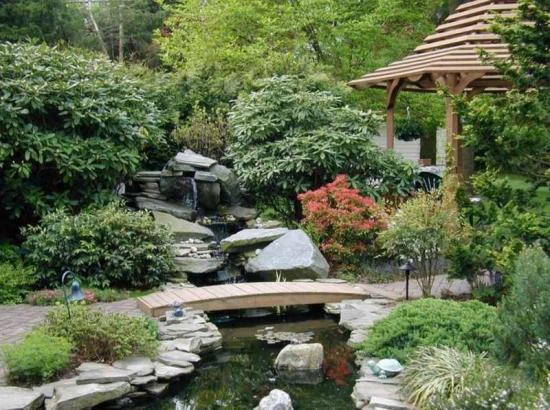
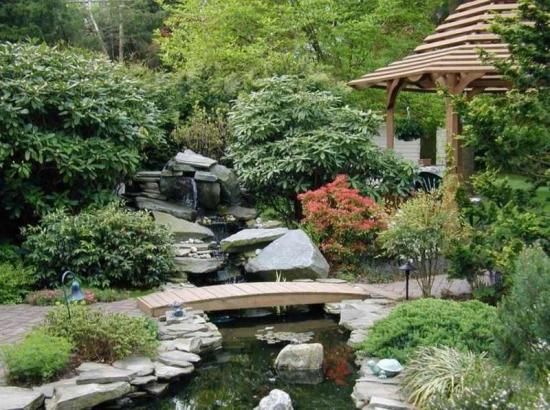
A beautiful magnolia will not leave anyone indifferent: bright and delicate, original and stylish magnolia will perfectly complement and decorate any site, park or garden. It will give tenderness, romance and nobility.
Learn more about magnolia obovate, about the rules of planting and caring for this tree, the features of growing in the middle lane when watching the video:
